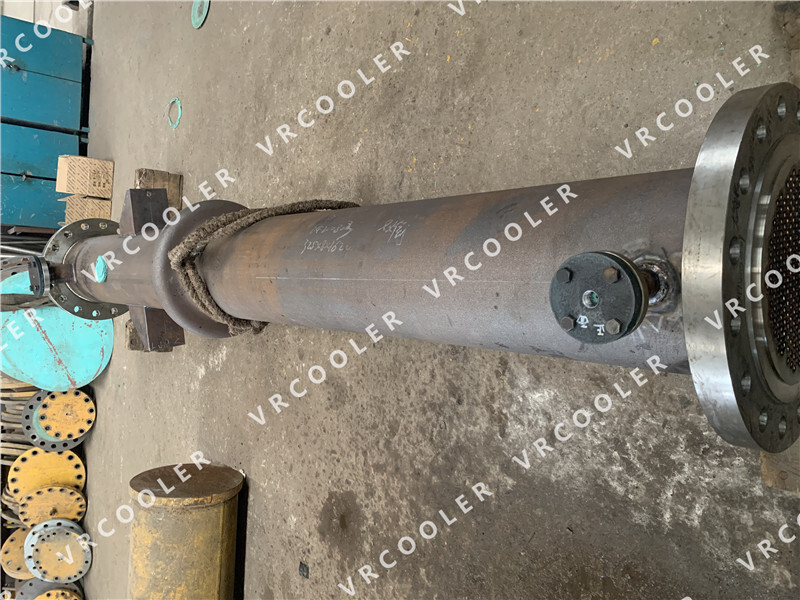Shell and Tube Heat Exchanger for Oil Refinery
Shell and tube heat exchanger is mainly composed of shell, tube bundle, tube plate, header, folding plate and other components. Two kinds of fluids with different temperatures flow in the tube and shell processes respectively, and heat is exchanged through the tube wall. For example, hot oil flows in the tube passage and cooling water flows in the shell passage, and the hot oil transfers heat to the cooling water, thus realizing the purpose of cooling or heating.
Role in refineries
Crude oil preheating: Before the crude oil enters the distillation tower, it is necessary to preheat the crude oil through shell and tube heat exchanger using the heat of other high-temperature logistics to increase the temperature of the crude oil, reduce the energy consumption of the subsequent heating furnace, and at the same time, make the preliminary vaporization of the light components in the crude oil, which is conducive to the distillation process.
Tower top oil and gas cooling: the oil and gas discharged from the top of the distillation tower needs to be cooled and condensed into liquid for subsequent separation and storage. Shell and tube heat exchanger can be used to circulate cooling water or other cooling media on the top of the tower oil and gas cooling, so that its temperature is reduced to below the dew point, to achieve gas-liquid separation.
Heating furnace feed preheating: the heating furnace is an important heating equipment in the refinery, shell and tube heat exchanger can heat exchange the heating furnace discharge with the feed material, so that the feed material in the heating furnace before entering the preheating to improve the thermal efficiency of the heating furnace, reduce fuel consumption.
Product cooling: After various processing of oil refinery products, such as gasoline, diesel, lubricating oil, etc., before leaving the device usually need to be cooled to the right temperature for storage and transportation. Shell and tube heat exchangers are capable of exchanging heat between these products and the cooling medium to cool them to the required temperature.
Advantages
Robust structure: able to withstand high pressures and temperatures, suitable for a variety of high-temperature, high-pressure process environments in refineries.
Strong adaptability: according to different process requirements, different tubes, tube diameters, tube lengths and shell course structures can be selected to meet the heat exchange needs of various fluids.
Convenient cleaning: the tube bundle can be withdrawn from the shell, which is convenient for cleaning and maintenance of the tube and shell processes, and can effectively prevent scaling and clogging to ensure the normal operation of the heat exchanger.
Higher heat transfer efficiency: through the reasonable design of the tube bundle and shell process structure, as well as selecting the appropriate flow rate and flow direction, the heat transfer coefficient can be improved to achieve a better heat transfer effect.


